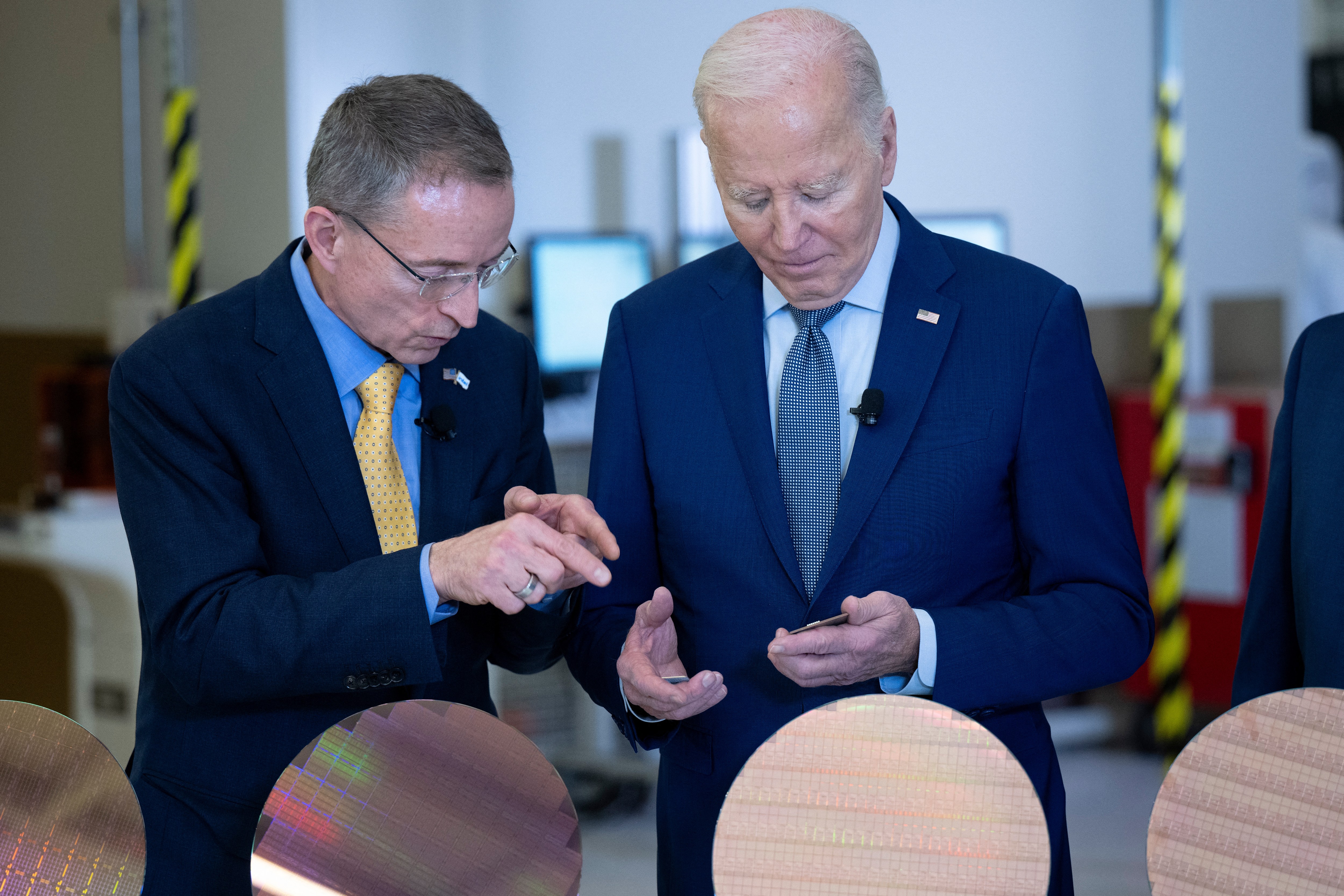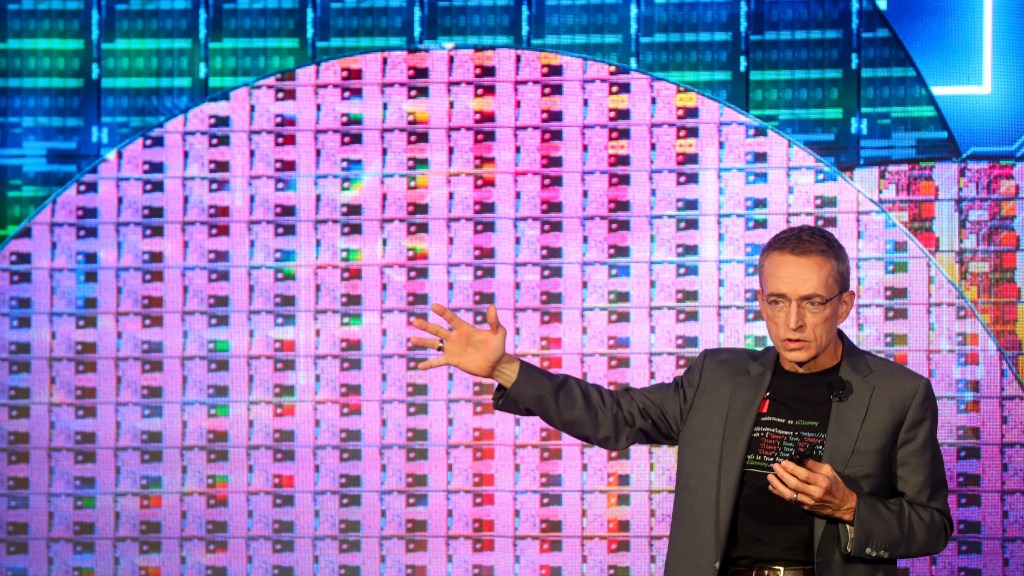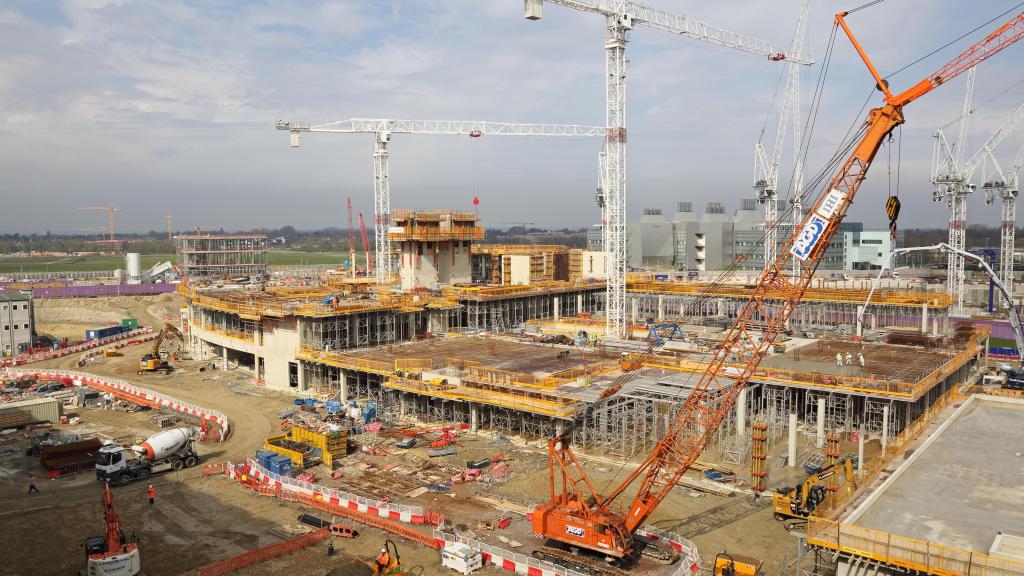Intel’s Strategic Deals Signal Potential Turnaround After Turbulent Times
Ryan Mackiewicz, a packaging manager at Intel, expressed his feelings on LinkedIn about the recent changes at the company, stating, “It’s been an emotional couple of weeks at Intel, seeing so many friends and colleagues leaving the company.” He continued with optimism, saying, “It’s super exciting to see some very positive news for the company moving forward! Everybody may think we are done for, but Intel still has some fight left in us!”
Last Monday, Intel announced a significant multi-billion dollar contract to manufacture chips for Amazon, bringing some positive news to employees and investors alike. Additionally, the company secured up to $3 billion in funding from the U.S. government aimed at advanced military chip production.
On Friday, reports emerged that Qualcomm made a takeover inquiry regarding Intel, which could potentially lead to a historic deal in the semiconductor industry. Following the news, Intel’s stock increased by 3 percent to close at $21.84 on Friday, resulting in a 9 percent gain for the week. However, the stock remains down 54 percent year-to-date.
This good news follows a difficult second-quarter earnings report, during which Intel suspended its dividend and announced plans to cut 15,000 jobs as part of a $10 billion cost-cutting initiative. Furthermore, the company is delaying the construction of factories in Germany and Poland by two years, as it faces negative cash flow and $50 billion in debt.
Pat Gelsinger, Intel’s CEO, who returned to the company in 2021 after nearly a decade at VMWare, has been attempting to steer Intel back on course after it fell behind competitors in the semiconductor market. “This is a national asset,” Gelsinger emphasized to analysts, stating his commitment to ensuring Intel’s health is vital for the tech industry and America as a whole.
Founded in 1968 in Mountain View, California, Intel was once the leading semiconductor company globally, achieving annual revenues of $77.9 billion in 2020, surpassing its competitors Nvidia and TSMC. However, Intel has struggled to maintain its dominance, largely due to missed opportunities in emerging technologies such as graphics processing units (GPUs), which are crucial for AI. Nvidia has been particularly successful in this space since it introduced the GPU in 1999.
Despite challenges, including the underperformance of its foundry services launched in 2010, Intel is attempting to reclaim lost ground. Last year, Intel’s revenue was $54.2 billion compared to Nvidia’s $60.9 billion and TSMC’s $69.3 billion.

Nvidia’s shares increased by 141 percent this year, while Intel’s market valuation stands currently at $88.3 billion. Gelsinger’s strategy involves significant investment in new advanced chip facilities worldwide, although these developments will take several years to yield results.
Investors are suggesting that Intel should focus on either chip design or manufacturing, but Gelsinger plans to pursue both paths by separating the foundry operations into an independent subsidiary. This move is expected to enhance transparency for clients. Additionally, the foundry division’s establishment may improve scaling and margins, addressing concerns voiced by analysts at Mizuho Securities.
Amazon is joining Microsoft, which previously partnered with Intel to create custom chips. Intel, once the exclusive supplier of its own chips, is now facing challenges due to intensified competition, which has pressured profit margins.
Investment analysts, like Daniel Morgan from Synovus Trust Co, believe that Intel was previously attempting to juggle too many projects, particularly as it lost ground to AMD in CPUs and struggled to compete with Nvidia in AI. He hopes that the restructuring will enable Intel to refocus and regain competitive stature.
Geopolitical factors surrounding Taiwan’s semiconductor production could also fuel demand for Intel’s foundry services. The company is benefitting from the Biden administration’s Chips and Science Act aimed at incentivizing domestic chip manufacturing.
While analysts such as Jon Peddie suggest that Intel’s newfound independence in its foundry operations may not challenge TSMC’s market dominance, they foresee potential gains in market share from smaller semiconductor operations.
Challenges remain, including concerns over the performance of Intel’s CPUs, which are critical for Gelsinger’s vision of innovation. Upcoming product launches, including the Falcon Shores GPU and Granite Rapids server chip, are being closely monitored by the market as potential key developments for Intel’s recovery.
Gelsinger faces the task of restoring morale among Intel’s workforce as the company grapples with the impact of recent layoffs and product issues. Observers note that many employees still trust Gelsinger’s leadership style which emphasizes sincerity and transparency.
As for Intel’s aspirations to reclaim its position as the largest semiconductor manufacturer, analysts believe it may take several years of strategic restructuring and focused efforts to regain its former stature.




Post Comment